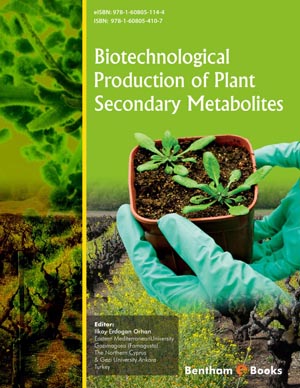Abstract
Polyhydroxyalkanoates (PHAs) are bio-based polyesters synthesized by bacteria as an intracellular storage material. PHAs can be produced from renewable biomass without using fossil resources, and thus are environmentally friendly plastics. The most common PHA, poly[(R)-3-hydroxybutyrate] [PHB or P(3HB)], can be synthesized in large quantities by bacterial fermentation, but has rigid and brittle properties. Therefore, attempts have been made to improve its material properties. This chapter focuses on the recent progress in improving two types of PHA, 3HB-based copolymers and unusual PHA homopolymers, which show improved material properties and/or cannot be synthesized in nature. 3HB-based copolymers, that not only includes 3-hydroxyvalerate, 3-hydroxyhexanoate, and long chain 3-hydroxyalkanoatecontaining copolymers, but also 3-hydroxy-4-methylvalerate, 3-hydroxy- 3-phenylpropionate, 3-hydroxy-2-methylbutyrate, and lactate-containing copolymers have been reviewed. Additionally, ultrahigh-molecular-weight PHB and mediumchain- length PHA homopolymers are highlighted as unusual homopolymers. These polymers have notable characteristics and are expected to expand the range of PHA applications.
Keywords: Aromatic building blocks, Branched building blocks, Copolymer, Copolymerization, Homopolymer, Metabolic pathway, Molecular weight, Poly(3- hydroxybutyrate-co-3-hydroxyhexanoate) P(3HB-co-3HHx), Ultrahigh-molecular weight.

















